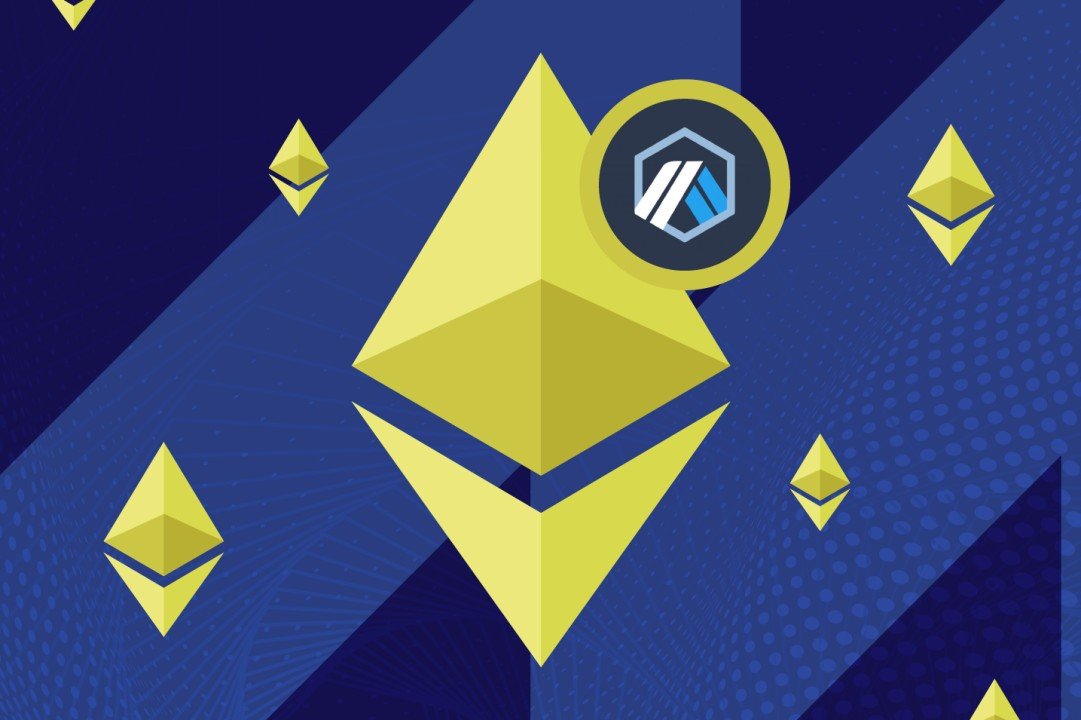The dynamic world of Ethereum layer-2 solutions is witnessing a promising trend towards lower transaction fees, offering a boon for users and developers on platforms like Arbitrum, Polygon, Starknet, and Base. These developments are crucial for enhancing user experience, fostering wider adoption, and promoting the scalability of decentralized applications (dApps).
Key Highlights:
- Layer-2 solutions like Arbitrum, Polygon, and Starknet are making significant strides in reducing Ethereum transaction fees.
- Innovations and updates in these networks are designed to improve scalability, efficiency, and cost-effectiveness.
- The adoption of unique technologies such as optimistic rollups, zk-rollups, and sidechains plays a pivotal role in achieving these advancements.
Understanding the Fee Reduction
Arbitrum and Optimism:
These platforms utilize optimistic rollup technology to scale the Ethereum network, allowing for faster transaction times and lower fees compared to the Ethereum mainnet. The architectural differences between Arbitrum and Optimism influence their fee structures and security models, with Arbitrum typically offering lower costs due to its unique approach to transaction verification and security.
Starknet:
Starknet leverages STARK technology to ensure computational integrity while scaling Ethereum. It offers a blend of scalability, security, and decentralization, with unique features like atomic swaps and “gasless meta-transactions” that can simplify the user experience and potentially reduce costs.
Polygon:
Known for its versatile suite of scaling solutions, Polygon includes products like Polygon PoS and Polygon zkEVM. These platforms are designed to offer high throughput and low transaction costs, with the added benefit of compatibility with Ethereum’s security model. The introduction of a new token, POL, aims to further enhance transaction efficiency across Polygon’s networks.
Base:
As a newcomer in the layer-2 space, Base is establishing itself with a focus on security, stability, and scalability. It aims to offer an Ethereum L2 environment with lower fees, facilitating easier deployment of dApps and smoother user onboarding.
The Role of Technology in Fee Reduction
The reduction in fees across these platforms can be attributed to the innovative use of technologies like optimistic rollups (Arbitrum, Optimism) and zk-rollups (Starknet, Polygon zkEVM). These technologies enable more efficient processing of transactions off the Ethereum mainnet, thereby reducing the demand on Ethereum’s network and lowering the overall cost of transactions.
Future Prospects
The continuous development and adoption of layer-2 solutions are essential for Ethereum’s scalability and usability. As these platforms evolve, they promise not only to reduce fees but also to enhance the performance and accessibility of the Ethereum ecosystem for a broader audience.
The advancements in layer-2 solutions like Arbitrum, Polygon, Starknet, and Base are setting the stage for a more efficient, scalable, and user-friendly Ethereum network. By leveraging innovative technologies and continuously improving their platforms, these solutions are making significant strides in reducing Ethereum’s transaction fees. This not only benefits users and developers by lowering costs but also contributes to the overall health and growth of the Ethereum ecosystem. The drop in Ethereum fees across these networks marks a crucial step towards achieving the scalability and efficiency required for the widespread adoption of blockchain technology and decentralized applications.







